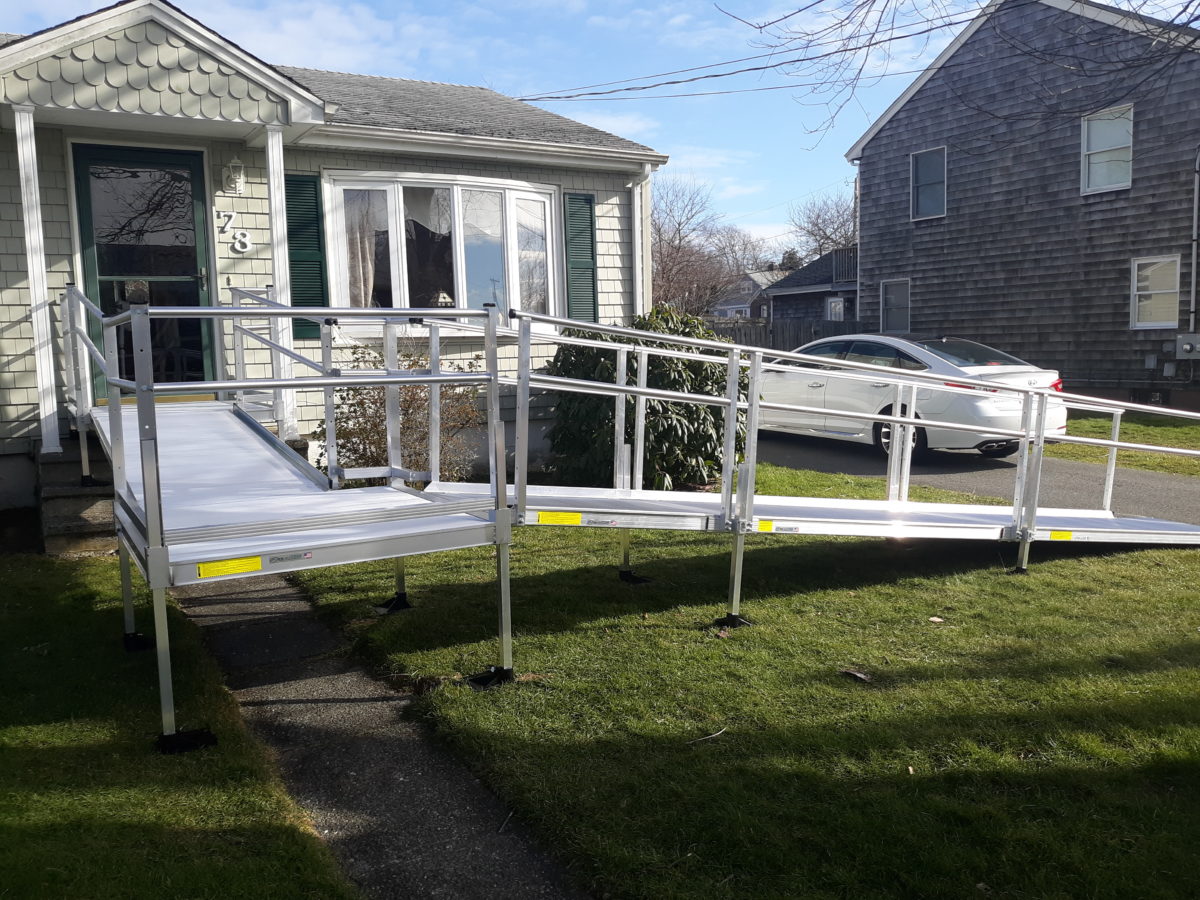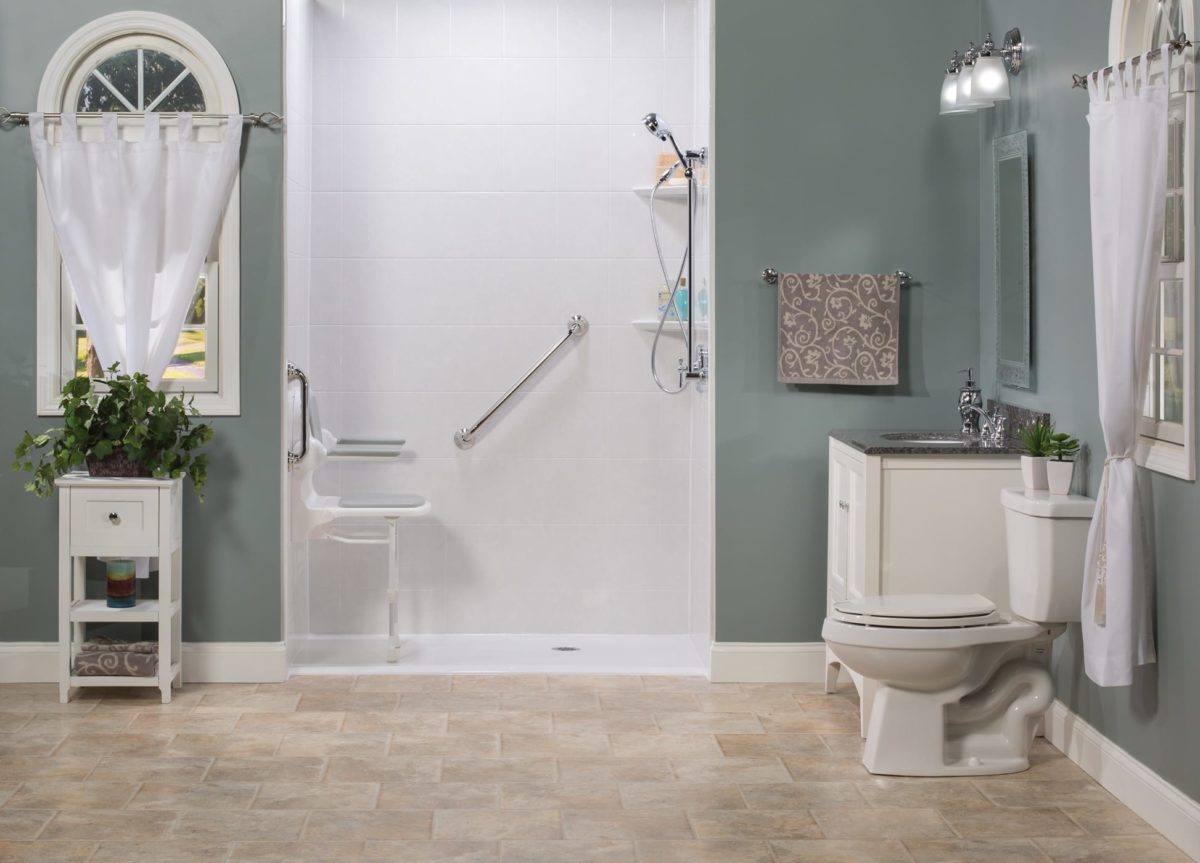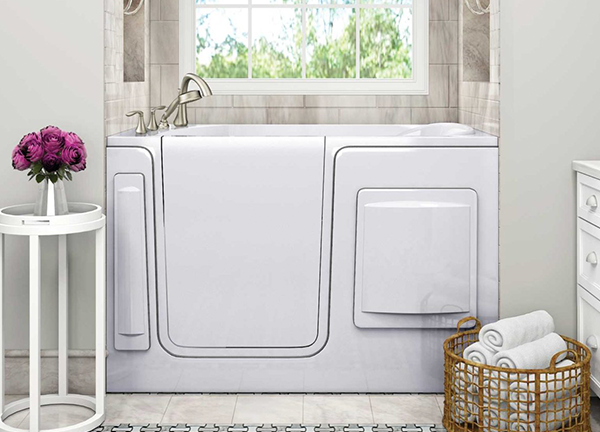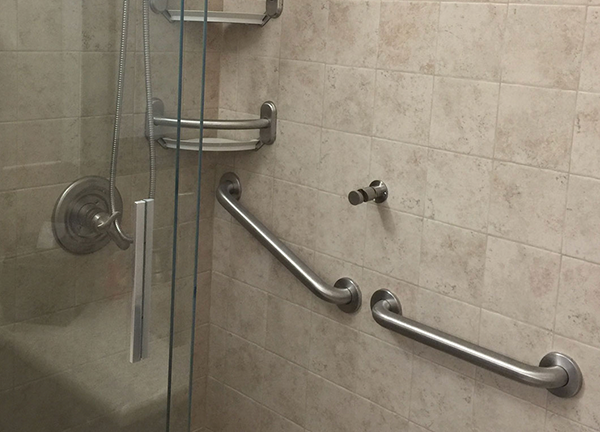Enhancing the lives of those with limb loss through innovative technology is an area that’s not just about cutting-edge gadgets; it’s about restoring confidence, independence, and a sense of wholeness. At Home Mobility Pros, we believe in the power of these innovations to redefine what it means to live with limb loss. We’ll explore the current state of prosthetic and bionic technologies, how they are transforming daily living, what the future holds for limb loss technology, and most importantly, the profound impact on users.
The Importance of Staying Updated with Innovations
Technology is continuously evolving, and this evolution presents life-altering opportunities for individuals with limb loss. Staying abreast of these changes is vital for both amputees and healthcare professionals. For amputees, knowing what options are on the horizon can instill hope and provide information to make informed choices. Health professionals must stay updated to provide the best advice and care for their patients.
Investing in the development and adoption of advanced prosthetic and bionic technologies can significantly improve an amputee’s quality of life. These innovations aim to offer not just functional benefits, such as improved mobility and dexterity, but also psychological and social advantages. By maintaining our focus on these advancements, we ensure the continued empowerment and inclusion of those living with limb loss.
Current Innovations in Limb Loss Technology
The field of limb loss technology has witnessed impressive and rapid innovations in recent years. Breakthroughs in materials science, advanced robotics, and biotechnology have given rise to a new generation of prosthetic devices and bionic limbs. Here’s a look at some of the current trends in these areas.
Prosthetics: Advances in Material and Design
Modern prosthetic devices are becoming lighter, more durable, and more lifelike thanks to developments in materials and manufacturing. High-strength, low-weight polymers and carbon fiber composites have improved the balance between strength and weight, making prosthetics more comfortable to wear and more natural in movement.
Cutting-edge prosthetic design also takes into consideration aesthetics, with realistic cosmesis that blend seamlessly into an amputee’s body, improving their body image and self-esteem. In addition, customizable sockets provide a better fit and enhanced proprioception, allowing for a more intimate interaction with one’s environment.
Bionic Limbs: State-of-the-Art Technologies
Bionic limbs take prosthetic technology to the next level, incorporating robotic systems that mimic the natural movement of human limbs. These devices integrate with the user’s body, responding to neural signals or muscle contractions to provide intuitive, near-natural control.
Some high-end bionic limbs even offer a degree of feedback to the wearer, allowing them to sense pressure, temperature, or terrain changes through haptic or sensory technologies. This feedback loop is revolutionary, enabling a more instinctive and responsive use of the prosthetic limb.
Osseointegration: Its Impact on Mobility
Osseointegration is a surgical technique that anchors a prosthetic limb directly to the bone. This method eliminates the need for a traditional socket, which can often be uncomfortable and cause skin problems. Osseointegration not only offers greater comfort but also provides a more natural range of motion and stability.
Patients who undergo osseointegration surgery report significant improvements in mobility and quality of life. For many, it’s life-changing, as the technology offers a level of function that was previously unattainable with conventional prosthetic fittings.
The Role of Technology in Enhancing Daily Living
Innovative limb loss technologies are not just about mobility; they’re also about transforming daily living and supporting an active, independent lifestyle. Here’s how technology plays a role beyond the device itself.
Smart Prosthetics and Their Benefits
The integration of smart technologies in prosthetics is revolutionizing the way users interact with their devices. Prosthetic limbs now feature microprocessors and sensors that gather real-time data on the wearer’s movement patterns, automatically adjusting to provide a more customized experience.
Smart prosthetics can adapt to changes in activity, mode, or environment, offering a range of pre-programmed options to meet the user’s needs. This adaptability makes it easier to switch from walking to running; from a flat surface to stairs; and even from a relaxed gait to a hurried one, all with a single device.
Wearable Technology for Health Monitoring
Beyond mobility, limb loss technologies now encompass wearable devices that monitor users’ health and activity. These wearables can track a user’s gait, step count, and even the distribution of pressure on the prosthetic or residual limb. Such data is invaluable for both the user and their healthcare provider, aiding in the optimization of gait patterns and proactive care to prevent complications.
Furthermore, the ability to remotely monitor an amputee’s health can lead to earlier detection and intervention in issues related to mobility and prosthetic use, further enhancing their long-term health outcomes.
Innovations in Home Renovation for People with Limb Loss
Innovations in home renovation are increasingly focusing on enhancing accessibility and independence for individuals with limb loss. These advancements aim to create living spaces that are not only functional but also empower users to perform everyday tasks with ease and confidence.
Smart home technology is at the forefront of these innovations, integrating voice-activated systems and automated solutions to adjust lighting, temperature, and even door locks without the need for manual dexterity. Kitchens and bathrooms are being redesigned with adjustable countertops and cabinets, sensor-based faucets, and appliances that are easily controlled via smartphones or voice commands, catering to the unique needs of amputees.
Flooring materials are also evolving, with a greater emphasis on non-slip surfaces to reduce the risk of falls, while doorways and hallways are widened to accommodate mobility aids. Furthermore, lifts and ramps are becoming more common features in home designs, ensuring seamless movement between different levels.
By incorporating these innovative solutions, home renovations are playing a crucial role in supporting the daily independence of individuals with limb loss, making everyday tasks more manageable and enhancing their overall quality of life.
Future Trends in Limb Loss Technology
The horizon of limb loss technology is bright, with future trends pointing towards even more profound advancements. These are not just conceptual but are being actively researched and developed.
Predictive Analytics for Prosthesis Design
Machine learning and predictive analytics are shaping the future of prosthesis design. By analyzing large datasets of user and biomechanical information, these systems can predict the most suitable design and functionality for individual users. This personalized approach ensures that each prosthesis is tailored to the specific needs and capabilities of the wearer, enhancing comfort and performance.
Furthermore, predictive analytics can also anticipate maintenance and replacement needs, ensuring that the device serves the user optimally for its entire lifespan.
Advances in Neural Interfaces
Neural interfaces that enable the direct control of prosthetic devices via the brain or peripheral nervous system represent a groundbreaking development. Thought-controlled prosthetics are no longer science fiction but are rapidly becoming a reality. These interfaces can restore a natural sense of movement and do so with greater finesse and precision than current myoelectric systems, reducing the cognitive burden on the wearer.
Nanotechnology in Rehabilitation
Nanotechnology holds incredible potential in the field of limb loss rehabilitation. Researchers are exploring the use of nanomaterials to enhance the interface between the residual limb and the prosthetic, reducing the risk of skin irritation and improving the transmission of sensory feedback. Nano-scale sensors and actuators can also be embedded within the prosthetic to provide incredibly detailed feedback to the user and their healthcare team.
These developments in nanotechnology promise to make prosthetic use more intuitive and comfortable, marking a significant shift in the rehabilitation experience for amputees.
Impact and Benefits for Users
The benefits of these innovations are not just theoretical — they are profoundly affecting the lives of people with limb loss. Individuals equipped with the latest prosthetic and bionic technologies report significant gains in functionality, independence, and mental well-being.
Personal Stories and Testimonials
The human element is critical in understanding the impact of limb loss technology. Personal stories and testimonials from amputees who have experienced these innovations first-hand resonate deeply and provide a tangible sense of the benefits.
Users often tell stories of rediscovering lost activities, such as running marathons, playing musical instruments, or cooking with ease. Testimonials also frequently emphasize the positive impact on mental health, often stating that the technology has not just restored functionality but also a sense of freedom and hope.
Improvements in Quality of Life and Mobility
Studies consistently show that access to cutting-edge limb loss technology leads to improvements in the quality of life and mobility. Users report reduced phantom limb pain, an increased willingness to use their prosthetic limb in public, and a significantly higher level of satisfaction with their overall rehabilitation process.
The emotional and psychological benefits cannot be overstated — with the right technology, amputees often feel that they have regained control over their lives and can pursue their goals with renewed vigor.
Innovations in Limb Loss Technology: Current Trends and Future Prospects
The field of limb loss technology is on an exciting trajectory, with an array of innovations set to redefine the lives of amputees. The current landscape is brimming with life-enhancing devices, and the future holds even greater promise with an emphasis on personalization, integration, and smart connectivity.
At Home Mobility Pros, we’re committed to sharing the latest in limb loss technology to help amputees and healthcare professionals capitalize on these advancements. It’s not just about staying current — it’s about fostering a community that celebrates and leverages technology to make a meaningful difference in the lives of those who need it most.
If you or someone you know is navigating the challenges of limb loss, Home Mobility Pros is here to support you. Our team specializes in providing top-tier home mobility solutions tailored to your individual needs, empowering you to lead a more comfortable and independent life. With fully customized home modifications, we ensure that every solution is designed with your freedom and well-being in mind.Reach out to us today to discover how we can assist in restoring your mobility and improving your quality of life. Together, we can conquer obstacles and embrace the opportunities ahead.








